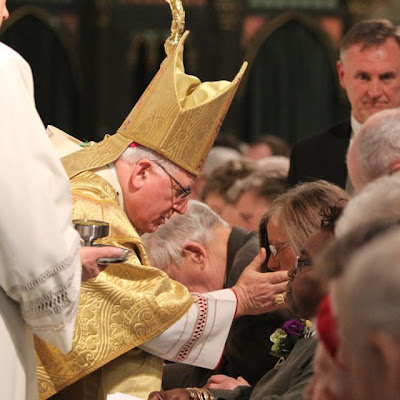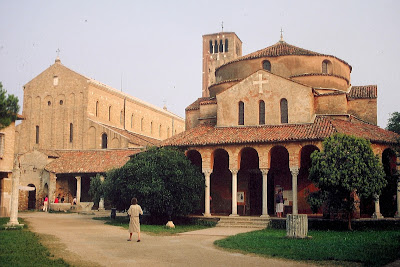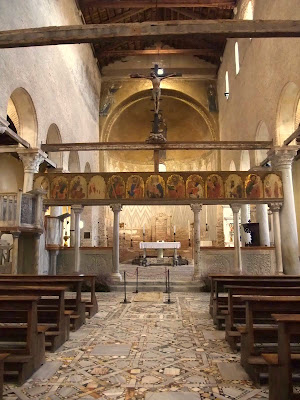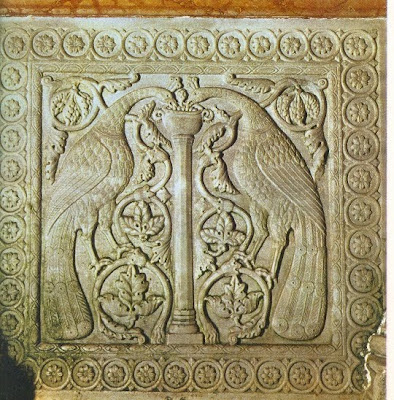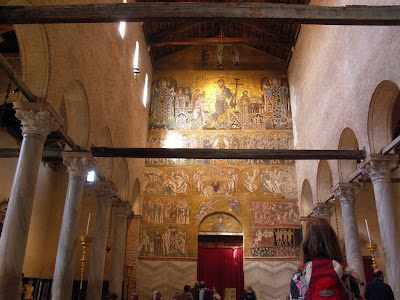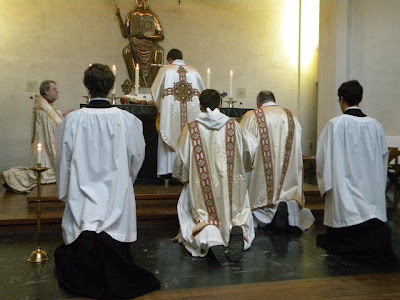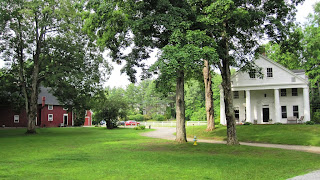 This summer there are two weekend courses at Thomas More College that will teach those who attend about the connection between the liturgy and the culture and also experience it directly. You will learn about traditional culture – art, architecture, music – and how it reflects the rhythms and patterns of the cosmos. You will also explore how the cycles and rhythms of the liturgy participate in the same heavenly standard. Participants will also learn to sing the Divine Office in such a way that it manifests all the principles that they learn about in theory in the classes. No special singing ability is needed here. We aim for the principle of noble simplicity - the chant is simple enough that people can sing it, and beautiful enough that they want to. This is the form that the community of students and teachers at the college sings daily during term time.
This summer there are two weekend courses at Thomas More College that will teach those who attend about the connection between the liturgy and the culture and also experience it directly. You will learn about traditional culture – art, architecture, music – and how it reflects the rhythms and patterns of the cosmos. You will also explore how the cycles and rhythms of the liturgy participate in the same heavenly standard. Participants will also learn to sing the Divine Office in such a way that it manifests all the principles that they learn about in theory in the classes. No special singing ability is needed here. We aim for the principle of noble simplicity - the chant is simple enough that people can sing it, and beautiful enough that they want to. This is the form that the community of students and teachers at the college sings daily during term time.Much of the material arises from my investigations into how artists were trained traditionally (with a view to trying to establish an art school that might train artists for the New Evangelisation). The training methods of the great artists of the past didn't just teach them the skill of their craft. They were taught in a way that required them to submit to the directions of a master and so engendered a genuine humility that permeated the practice of their craft. At the same time they would have a spiritual life that encouraged an openness to inspiration and a desire to follow it if given. In short, their training taught them to be open to God's inspiration and to recognise it when it was given. This is the source of the great beauty and rich creativity of their work. I believe, therefore, that this has application in the lives of everyone, not just the arty or the musical.
There are two weekends. Both have a program of lectures and prayer - we teach everyone to sing the Divine Office in the way that we have developed at Thomas More College. The first is for those who are attending for the first time and has more of a focus on the talks about the culture. The second is being offered after requests from those who attended the first one last year. They told me that they enjoyed the atmosphere of reflection and prayer that arose through singing the Divine Office so much, that it felt as though they were on a retreat. They asked me to offer something similar that did not repeat the content, but brought out this reflective mood so that they could come back again. As a result, the second weekend was developed in which there will be talks about individual works of art (with less emphasis on the general traditions) and people will spend more time learning to sing the Divine Office so that they will be able to teach it to their families or parishes. Having said this, now that I developed the content, each weekend will work as a stand alone event and does not need attendance at the other to be worthwhile.
The weekend summer retreats are hosted by the Way of Beauty Atelier at Thomas More College of Liberal Arts in Merrimack, New Hampshire. It is a peaceful campus with a traditional New England feel. To find out more details, follow the link through to the college website, here.




